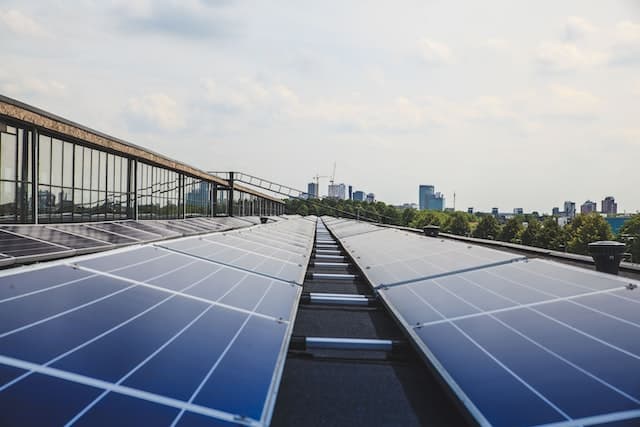The federal solar tax credit is a significant incentive to switch energy technologies to solar. The legislation was enacted in 2005, and in 2019 was updated with gradually decreasing credits over a scheduled amount of time, known as a “sunsetting tax credit”. In 2023, the credit will drop from 26% of the total solar system installation cost to 22%. These percentages are claimed on federal taxes, leading to significant savings. However, projects may still qualify for the 2022 solar tax credit if measures are taken to secure them.
Read: Breaking News: Solar ITC Extension Through 2023
What are the qualifications for the federal solar tax credit?
The Office of Energy Efficiency & Renewable Energy (EERE) lists the following criteria for determining if your project qualifies for the federal solar tax credit:
- Date of installation: The project must be installed between Jan. 1, 2006, and Dec. 31, 2023.
- Original installation: The solar PV system is new. The credit can be claimed only on the original installation of solar equipment.
- Ownership: Your organization owns the solar PV system. The credit cannot be claimed if you are leasing or in an agreement to purchase electricity generated by the system, including a solar power purchase agreement (PPA).
With time running out on taking advantage of the higher rate for 2022, it is urgent for organizations to initiate solar projects now for maximum savings. Luckily, the Safe Harbor provision allows for projects to receive the 2022 credit, even if the project may not be completed by the end of 2022.
Read: How to Secure Safe Harbor for Your Commercial Solar Project
Safe harbor methods
There are two methods to obtain safe harbor status: incur 5% of the total project cost or begin physical work of a significant nature on a project. Both of these options are considered acceptable proof of beginning construction and allow for organizations to utilize the higher 2022 tax credit.
Project cost method
This method for safe harbor requires that at least 5% of the total project cost must be incurred in 2022 for the 26% solar tax credit. Many organizations use this percentage down to purchase equipment and technology necessary for the solar project, such as solar panels. By purchasing solar panels towards the beginning of a project, organizations can lock in the highest tax credit rate.
Physical work method
This method for safe harbor requires construction to actually start in 2022. The organization will need to provide proof to the IRS which shows that work did start at some point in 2022. In addition, proof must also be shown that work on the project happened continuously until the project is complete. With this method, there is no set minimum amount of work, monetary amount, or percentage threshold that needs to be met, as long as the project has incurred significant construction.
Read: Secure The 26% Solar Investment Tax Credit Before It’s Gone
Start a commercial solar project
Interested in taking advantage of the highest solar tax credit for a commercial solar project? Now is the time to act and initiate a project with EnergyLink. EnergyLink has shown through thorough case studies that commercial solar can be extremely financially viable and beneficial. With the opportunity to initiate a solar project in 2022 to assume a high tax credit, partnering with EnergyLink allows for project efficiency. Get started by clicking the button for a free quote. Want to stay up-to-date on the latest energy industry news? Fill out the form below to subscribe to our newsletter.






